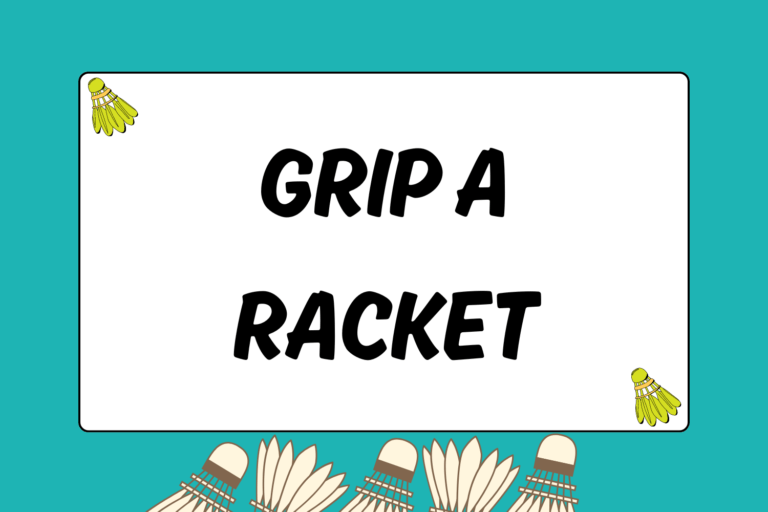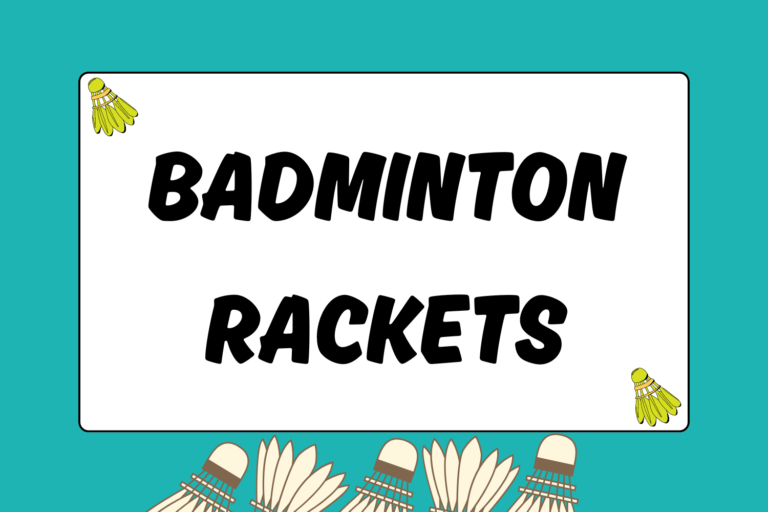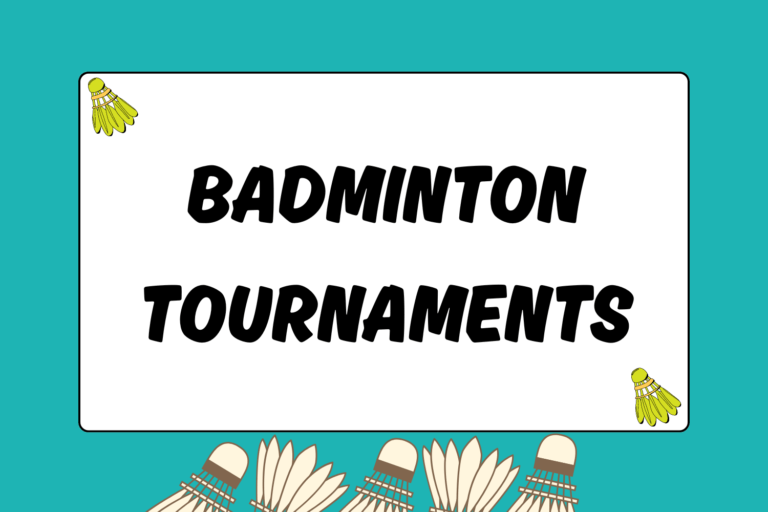Creating draws is a difficult and tedious process, which requires both manpower and time. Don’t think you’ll lay everything out and finish it in an hour.
Of course, the size of your tournament will dictate how long it takes to create the brackets. Just remember to double-check everything, order some pizza, and be prepared to work.
Bracket Basics
This section will familiarize you with the style and format of tournament brackets, giving you a foundation to work from.
Brackets are set up to help determine a winner from a group of participants. This method is not always the most thorough, but it is the most time-efficient.
Below are the three main bracket formats:
Consolation:
The most popular of the three, the consolation style guarantees players at least two games before being eliminated. There will be a main bracket and a consolation bracket.
Initially, all players or teams will start in the main bracket, with the consolation bracket completely empty. After the first round of matches, every losing team will immediately enter the consolation bracket. A loss in the second round of the main bracket or the first round of the consolation bracket will eliminate a team from the tournament.
As such, a team is guaranteed at least two matches, regardless of record.
Single-elimination:
Some tournaments will adopt this style when faced with time or court space constraints. Single-elimination tournaments have almost half the number of matches as consolation tournaments, so it is ideal for smaller gyms.
Single elimination is straightforward: a team will continue to play until it loses.
Round-robin:
Very rarely will a tournament use this format because it’s so time-consuming. Round-robin has each team play every other team in the same flight and event.
For example, if there are five women’s singles teams in a flight, each team will play four times (once against each of the other teams). Tournaments will adopt this format only if a certain flight in an event has five teams or fewer.
Gathering Resources
Before the mayhem can begin, you must ensure you have all the necessary resources to finish this task promptly.
Below is a checklist of things you’ll need to keep in mind when heading into bracket day:
- Tournament Size: First, you’ll need to see how many entries you have for the entire tournament. This means you’ll need to count every player participating in each event you’re offering.
For example, if you have an A, B, C, and D flight, you’ll need to count every team in each flight to decide how big each bracket needs to be. If one team is playing in two flights, they need to be counted separately.
From here, you can determine how many volunteers you’ll need. Generally speaking, 200 or more teams will require at least 10 volunteers to make draw day go smoothly. - Volunteers: As mentioned above, use the 20-to-1 team-to-volunteer ratio as a starting point.
- Space: The amount of space you’ll need depends on the number of volunteers you have, which is ultimately decided by the size of your tournament.
- Materials: To make the day go smoothly, you’ll need to have all your materials ready to go. Here’s a checklist to go by:
- Match cards: Filling out match cards ahead of time will save you a bunch of time on tournament day. Fill out only known information, like first-round matches and match numbers.
- Master list for entries: Print out the list with every participant and the lists for each bracket for easy reference.
- Stationery: Writing utensils and paper are a must.
Breaking it Down
Assign each volunteer one bracket at a time to keep everyone focused on their tasks. This means if you have A, B, C, and D flights with singles, doubles, and mixed doubles, you’ll need to create 20 different brackets.
Brackets are tricky, so they need to be designed as accurately and fairly as possible to avoid messy situations later.
Size of the Bracket
Brackets are always set in size, but unfortunately, the number of teams filling those brackets is not. The bracket will always need to be bigger than the number of participants.
Further down, you will learn how to fit an uneven number of teams into set bracket sizes.
Seeding
Seeding is a difficult task if it’s not an official tournament with official rankings. In larger tournaments, many players will opt to play in two flights. As a result, you’ll likely have overlap, with certain players playing B and C flights while others sign up for C and D flights.
In this case, put BC teams up against CD teams to ensure a level playing field.
Players from the Same Team
Before you begin creating brackets, you’ll need to mark teams from the same organization. That means if Team A and Team B are from the same school, then they’ll need to be set on opposite ends of the bracket.
Once you’ve labeled each team in the bracket, start filling in the organization with the most teams. For example, if there are four teams from School-X and two from School-Y, begin with School-X. From there, put two teams on opposite ends of the top bracket and two teams on opposite ends of the bottom bracket.
Fitting Teams into Brackets
Brackets come in specific sizes, but they can be manipulated to fit any number of teams for a given bracket. For example, a 10-team tournament wouldn’t perfectly fit an 8-team or 16-team bracket.
So, instead, take an 8-team bracket and pull two matches out to create room for the two extra teams. By doing this, you’ll have two matches played before the round of eight, with the winners rounding out the eight and the losers falling to the consolation bracket.
Hot Tip: Everybody Needs to Eat
If you expect your tournament to run through meal times, allow players to check out for roughly 30 minutes to get food.
Make clear that these times are strict since allowing players to eat leisurely will cause the tournament to fall behind.
Scheduling Matches
Since players are only allowed to play in two neighboring flights, it’s wise to number matches starting with the D and B flights, then the C and A flights. This will help eliminate the possibility of a team playing two matches at once.
You’ll need to consider many deciding factors (including size, time, and space) when trying to number the matches. Here are some tips for how to approach each of these factors with regard to numbering your matches:
- Time: It will vary from match to match, but 20 minutes is a good estimation of average match times.
- Space: The number of courts you have available, combined with the estimation that each match will take 20 minutes, allows you to determine how many matches you can play per hour.
- Size: Knowing how many matches there are will reveal how long it will take to run the tournament. For example, a 12-court gym needing to run 200 matches will take roughly six hours to complete.
All of the factors mentioned vary among tournaments, so it’s important to plan specifically for your tournament. Additionally, there will likely be hitches along the way, so you should account for at least one or two additional hours needed to compensate for anything that might pop up.
Organization is Your Friend
How smoothly your draw day runs will be indicative of how your tournament will go. It should run well if you take care of all the preparations before the tournament.
Also, if you can manage to keep your materials and team organized, you should be able to maintain that during the tournament. Remember, the more thorough and accurate you are in preparation for the big day, the easier it will be.





